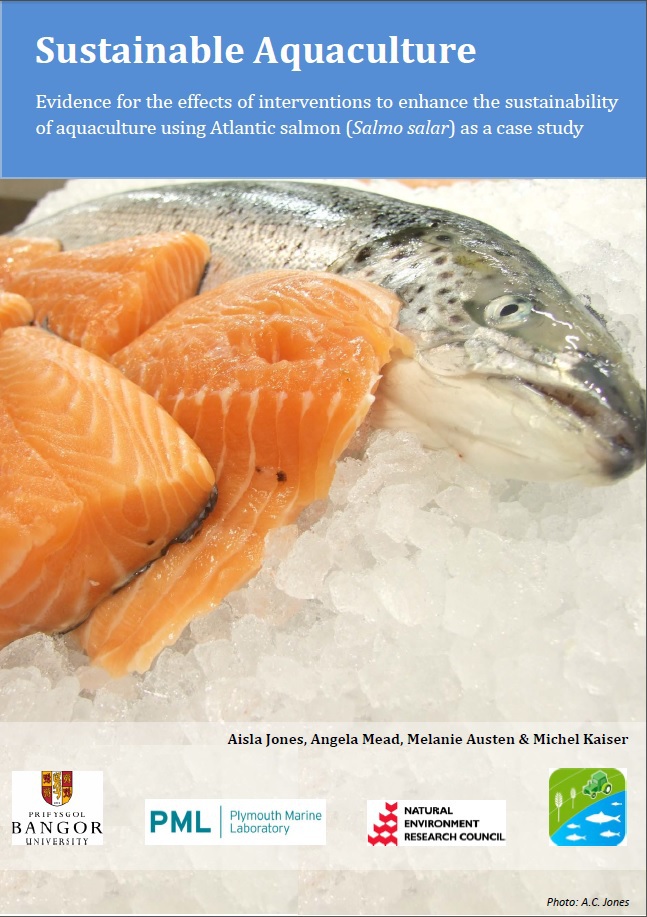Use of probiotics and immunostimulants
-
Overall effectiveness category Awaiting assessment
-
Number of studies: 2
View assessment score
Hide assessment score
How is the evidence assessed?
-
Effectiveness
not assessed -
Certainty
not assessed -
Harms
not assessed
Study locations
Supporting evidence from individual studies
In 1999, a replicated, controlled experiment in Scotland (Robertson et al., 2000) found that the survival rates of salmon fry, Salmo salar, increased when Carnobacterium bacteria sp. was used as a probiotic. After 14 days of diets with the probiotic, survival was improved when salmon fry were challenged with three different disease-causing bacteria, Aeromonas salmonicida, Vibrio ordalii, and Yersinia ruckeri. Survival rates were 20%, 74% and 71% respectively compared to 0%, 23% and 42% in untreated controls. However, when exposed to the disease-causing bacteria, Vibrio anguillarum, salmon survival was not improved (46%) compared to the control group (42%). After 28 days of the diet with probiotic, improved survival was seen against all bacterial species tested compared to the control groups. 200 salmon fry were fed diets with or without the probiotic for 28 days. At seven day intervals during this 28 day period, a group of 25 salmon fry were exposed to four different disease-causing bacteria then monitored for a further 28 days.
Study and other actions testedIn 2009, a randomised, replicated, controlled study in Norway (Refstie et al., 2010) found that salmon, Salmo salar, fed a fish meal-based diet formulated with 14% soybean meal and 14% sunflower meal showed a 27% reduction in lice (Lepeophteirus salmonis and Caligus elongates) infection compared to the control diet. Adding beta-glucans to the experimental diet resulted in a further 28% reduction in infection rates whereas adding mannan oligosaccharides did not affect lice infection rates. It did improve gut function by preventing the salmon from developing soybean-induced enteritis and diarrhoea. Nine experimental diets were fed to salmon over a period of 69 to 71 feeding days. The basal diets were either based on pure fish meal or soybean and sunflower meal-soybean meal mixed with fish meal.
Study and other actions tested
Where has this evidence come from?
List of journals searched by synopsis
All the journals searched for all synopses
This Action forms part of the Action Synopsis:
Sustainable Aquaculture
Sustainable Aquaculture - Published 2013
Atlantic salmon Aquaculture Synopsis





)_2023.JPG)














